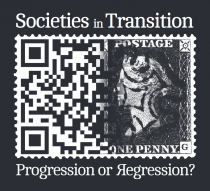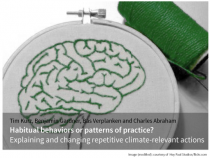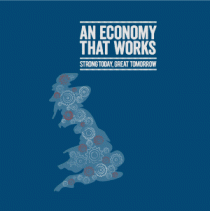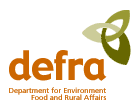- About
- Team
- Projects
- Children and the Environment
- ELiCiT (Exploring lifestyle changes in transition)
- Foundations for Sustainable Living
- HABITs
- Mapping Rebound Effects
- PASSAGE (Prosperity and Sustainability in the Green Economy)
- Policy Dialogue
- Price Responsiveness of Demand in Energy
- Resilience and Sustainable Lifestyles
- Sustainability Transitions in Food Systems
- Sustainable Living in Remote Rural Scotland
- Publications
- News
- Events
ELiCiT (Exploring lifestyle changes in transition)
Project Team: Kate Burningham, Sue Venn, Tim Jackson, Ian Christie and Birgitta Gatersleben
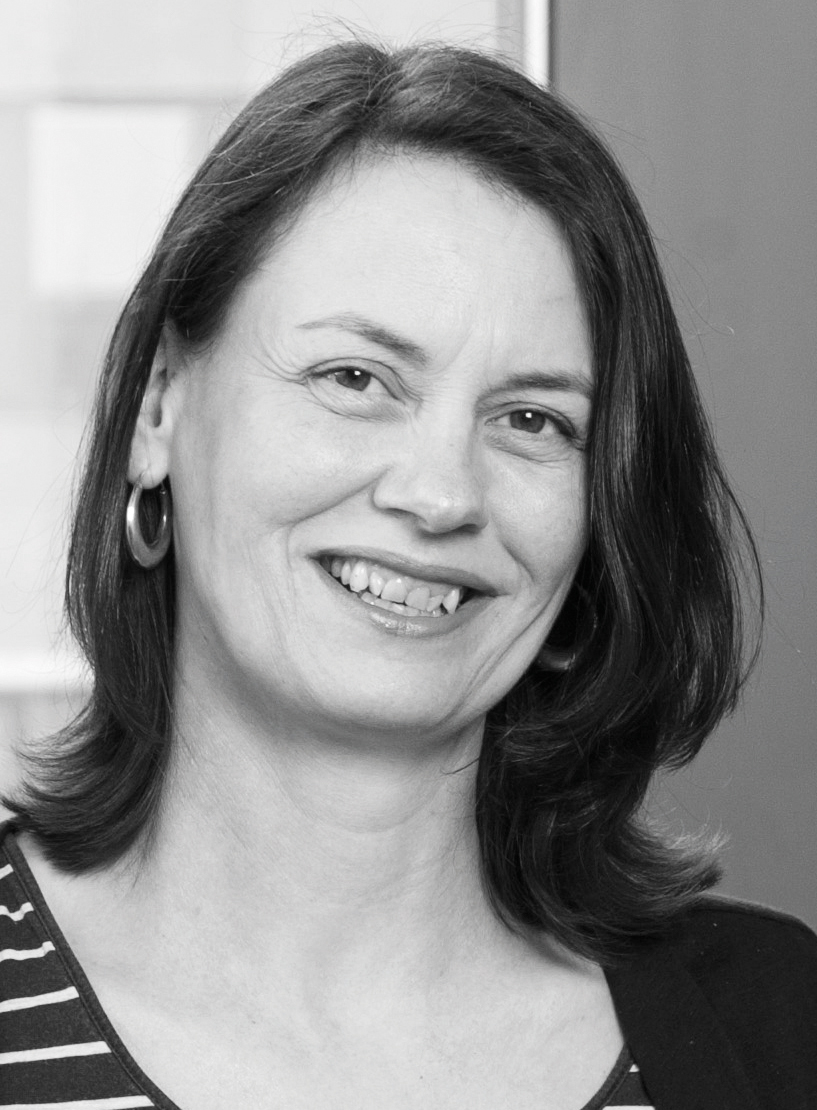

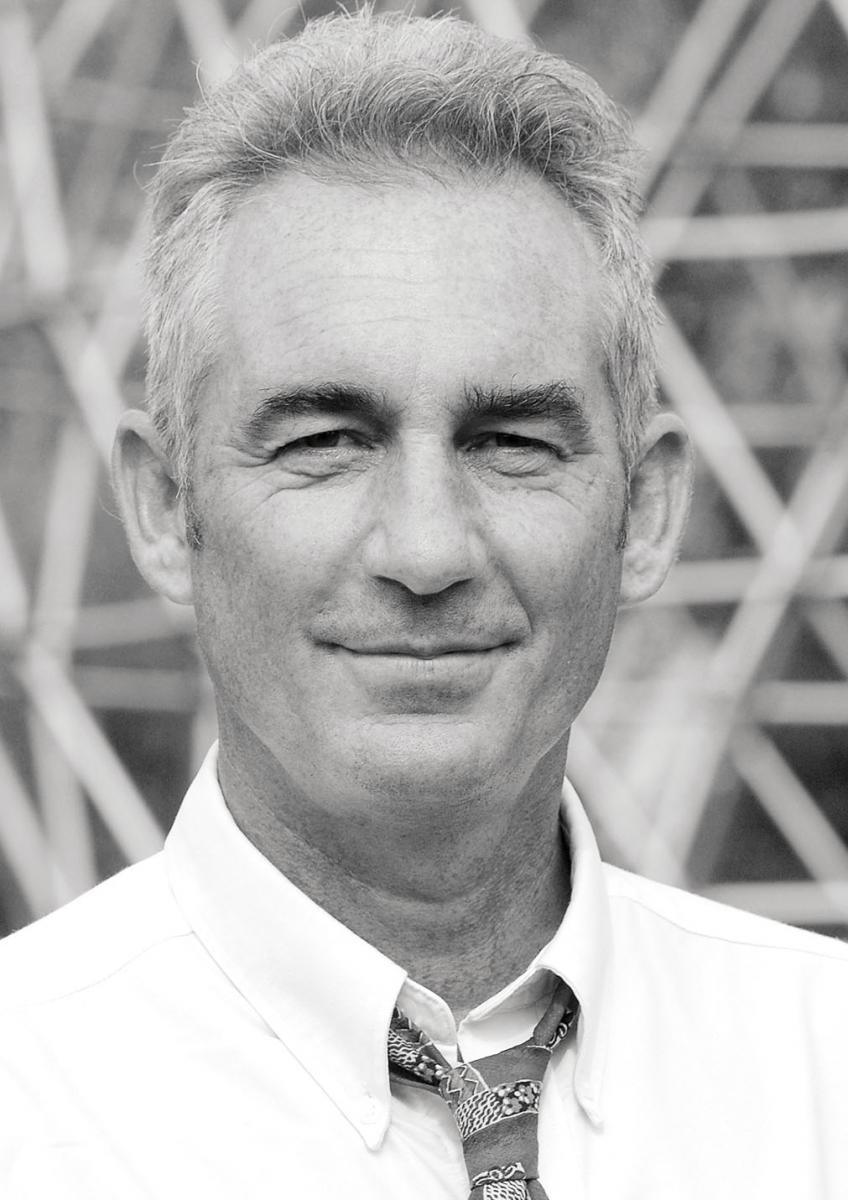
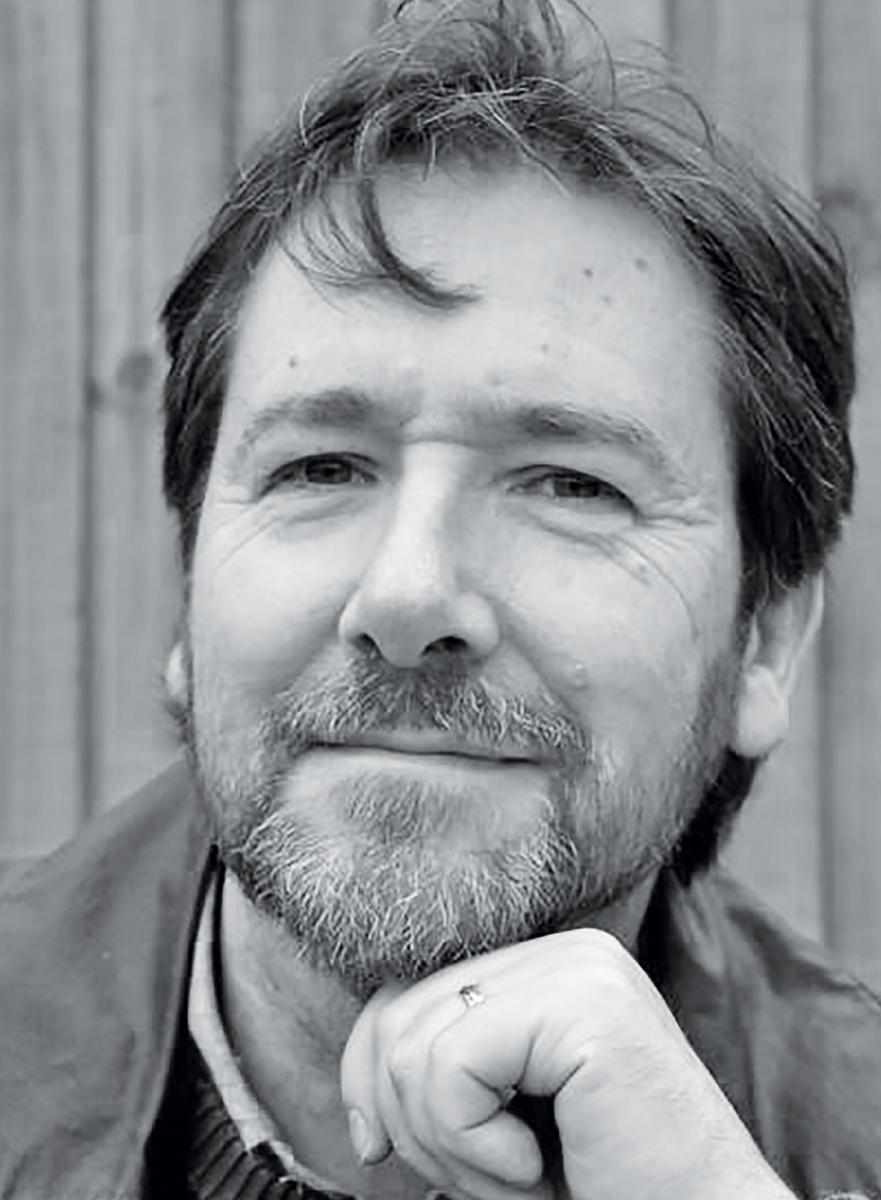
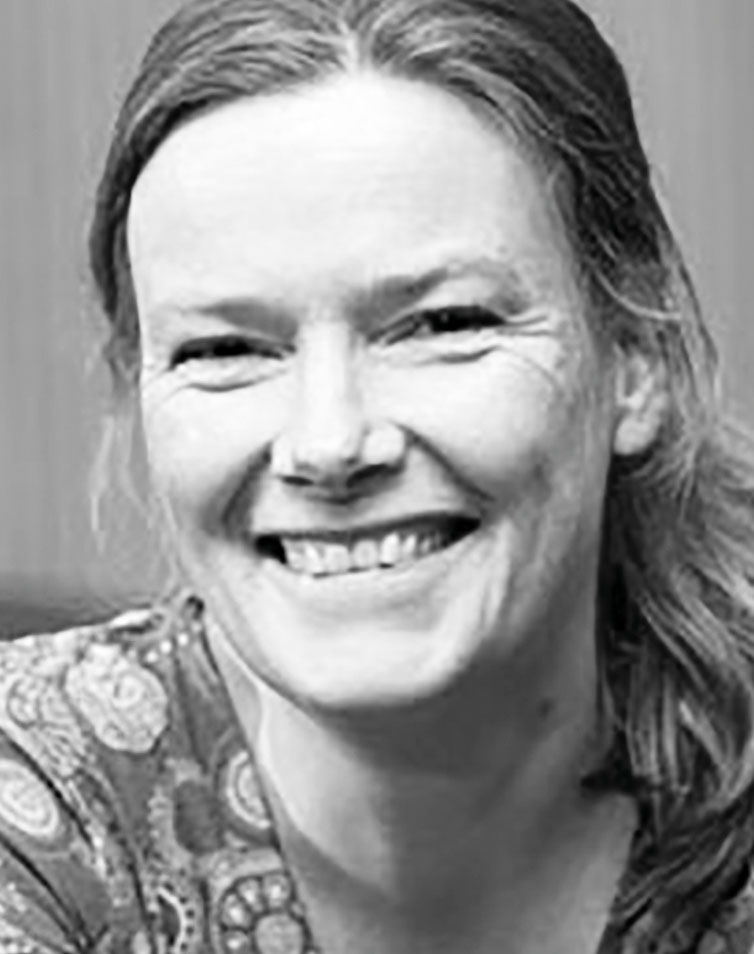
Audio: Kate Burningham & Birgitta Gatersleben Project Summary for SLRG Dissemination Event | 3 June 2014
This longitudinal, mixed-method study focused on two key household transitions - having a first child and retiring - and explored how various aspects of everyday life, which have implications for sustainable consumption, change or remain stable. We followed individuals as they moved through these two transitions by conducting in-depth interviews on three occasions, prior to retirement or the birth of the baby; soon after retirement or the birth of the baby; and finally around eight months later. We were interested in the detail of everyday life, their reflections on changes, and expectations and hopes for the future. In addition, we were interested not only in the things that people do, but also in their narratives about the right way to live one’s life.
We found that lifecourse transitions do not comprise one ‘moment of change’, but rather are a fluid process of continuing shifts and readjustments within which multiple changes in everyday practices take place. However, these changes, and their persistence, were not solely related to the transition. Transitions were experienced differently by individuals, and individuals may have experienced more than one transition concurrently or consecutively. For example, a partnership change precipitating a house move; or having a baby leading to a change in work status. Moreover, transitions were not experienced in isolation, but rather may have affected the whole household, and the practices performed within it, such as one partner retiring encouraging the other to consider retirement and what, as a couple, they planned to accomplish in their joint retirement. Future expectations and aspirations, therefore, were constantly reassessed and adjusted as individuals and households experienced a range of transitions.
Any interventions to encourage sustainable living should take into account the multiplicity and nature of household transitions and the significance of family relationships and concerns in informing what people do.
During the final phase of interviews, participants were asked to reflect on their understanding of what constitutes a sustainable lifestyle and whether environmental considerations informed any element of their everyday practices. These understandings were varied and not necessarily perceived as being related to environmental sustainability, encompassing ideas such as sustaining financial and family security or health and wellbeing. Even those who expressed environmental values often construed environmentally sustainable lifestyles as an unattainable ideal at odds with the ‘reality’ of everyday life.
Potential points at which sustainable lifestyles might be introduced and encouraged include those where people already seek information or support, such as parental support groups, and their own trusted social networks and hubs.

Contact:
For further information please contact Kate Burningham or Sue Venn


